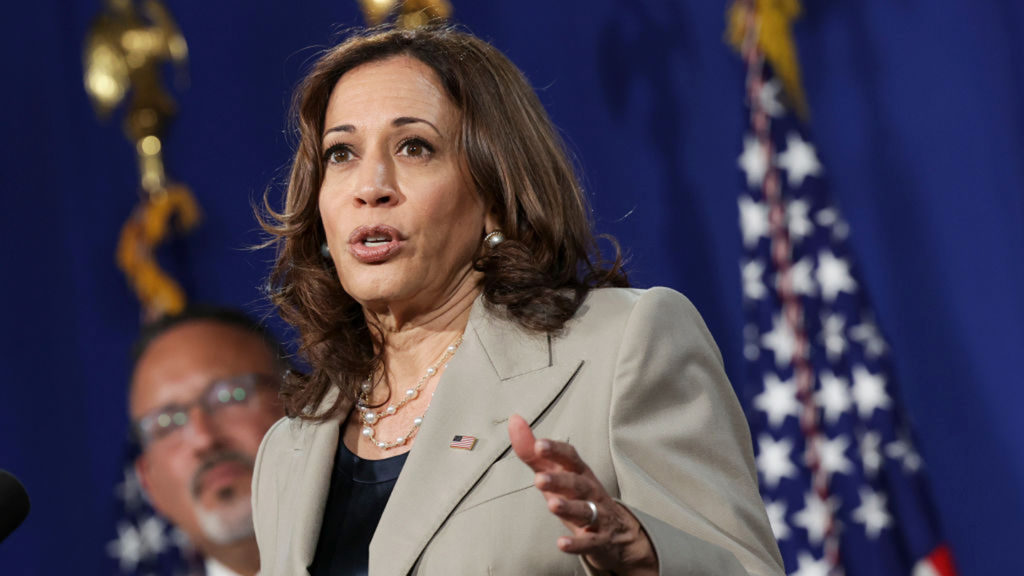
The Biden administration on Wednesday announced the investment of more than $40 billion in American Rescue Plan funds in workforce development programs, led by state and local governments and organizations, that will include assisted living and memory care.
During a White House Summit on the American Rescue Plan and the Workforce, federal officials highlighted ARP workforce efforts across the country, including a program in Kentucky through which Family Scholar House will hire 200 part-time AmeriCorps members to provide healthcare support and services to older adults and individuals with disabilities. The program will educate people to be able to work in assisted living, memory care, skilled nursing and other healthcare-related settings.
Louisville, KY-based Nazareth Home CEO Mary Haynes told McKnight’s Senior Living that careers in long-term care are rewarding and can hold some “fairly rapid advancement” through education and mentoring. But not everyone knows that, and the pandemic pained a negative view of the sector for many, she said.
“Programs such as the AmeriCorps, and others sponsored by the Department of Labor, allow us an important source of help for students / apprentices to get started in careers by providing additional funds and services to help students and others who do not yet have work experience with help to obtain needed certifications,” Haynes said, adding that workers also need transportation and childcare financial support. “Our 24/7 work life may take some getting used to and accommodation, so a program that provides financial support to the employer for providing the education and mentoring time, as well as providing needed financial support to the person in what has been referred to as ‘wraparound’ services, allows for the best success.”
Retiring Kentucky Senior Living Association Executive Director Bob White told McKnight’s Senior Living that the program will help “fill those gaps” at communities short on personnel due to the pandemic.
Federal officials also used other examples to call on more government and private-sector leaders to expand investments in the workforce.
‘A conservative estimate’
White House American Rescue Plan Coordinator Gene Sperling called the $40 billion figure a “conservative estimate,” adding that he expects the final number to be tens of billions of dollars higher.
More than $13 billion in ARP workforce investments at the state and local levels already have gone into workforce development programs and retention programs ($9 billion), childcare stabilization grants ($2 billion) and Centers for Disease Control and Prevention grants to fund the public health workforce ($2 billion).
More than $16 billion in Medicaid and Department of Health and Human Services Funds already have gone into the care and healthcare-related workforce, including $9 billion for home- and community-based programs to increase pay and benefits of direct support professionals, train workers and expand the HCBS workforce, as well as $7 billion in health workforce investments, including the Public Health AmeriCorps program to train public health leaders.
‘A historic investment’
Vice President Kamala Harris called ARP a “historic investment” that is building an economy that “works for working people.”
“Together, we are investing in training programs and apprenticeships to give workers the skills they need to take on jobs with better wages and better benefits — in particular, workers from underrepresented backgrounds,” Harris said.
States and communities have leveraged ARP resources to provide training, expand career paths, create apprenticeships, provide retention and hiring bonuses in industries deemed to be critical and remove barriers to employment.
Secretary of Labor Marty Walsh called ARP a “generational investment” in creating jobs through collaborations with local, state and county governments.
“The American Rescue Plan is providing resources to address workforce needs like never seen before,” Walsh said during the summit. “To seize this opportunity, we need to work collectively, collaboratively together to create a sense of urgency at every level of society and government.”
‘Repair, rebuild and reinvigorate’
Also on Wednesday, LeadingAge launched its Aging Services Workforce Now advocacy campaign, calling on the federal government and lawmakers to “repair, rebuild and reinvigorate” the aging services sector by making staffing a top priority.
“Without sufficient staff in nursing homes, hospices, life plan communities, home health agencies, affordable senior housing and other community-based services, there is no care,” LeadingAge President and CEO Katie Smith Sloan said. “Chronic underinvestment in and longstanding disregard for aging services — and primarily the valuable workers who are at its core — created an opportunity for COVID to wreak havoc. That must not continue.”
The association’s campaign specifically calls on Congress and the Biden administration to pay workers a living wage, offer incentives to retain and attract talent, expand training and advancement opportunities, build workforce pipelines and enact equitable long-term care financing.




